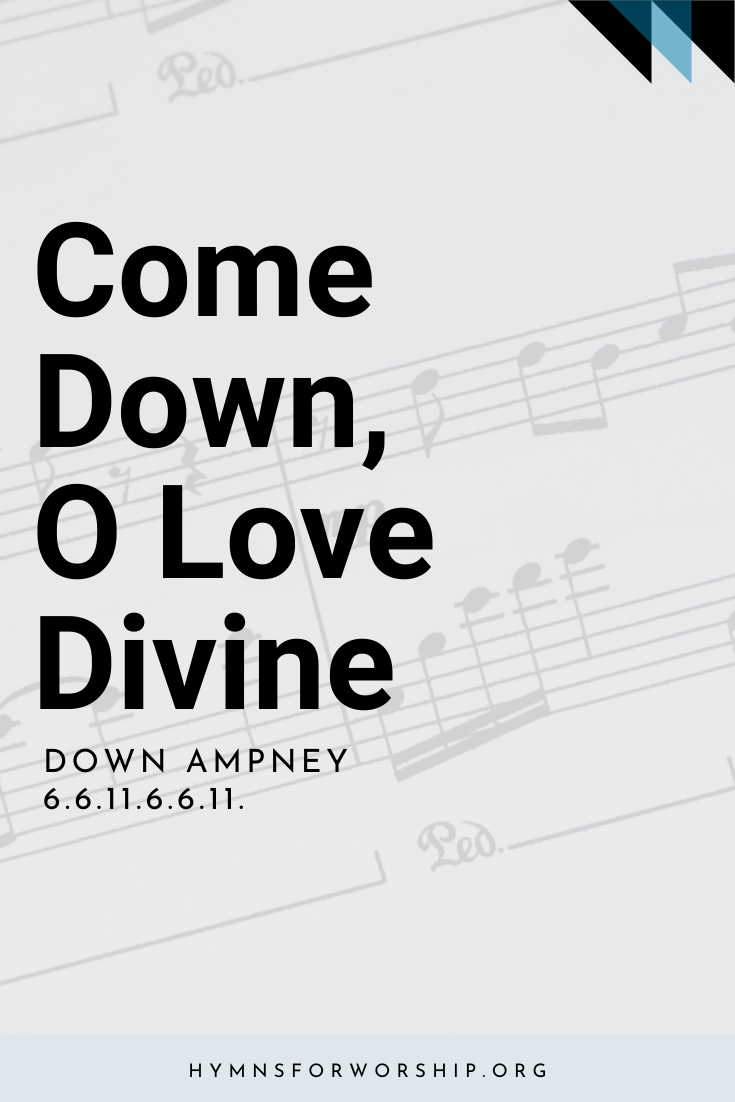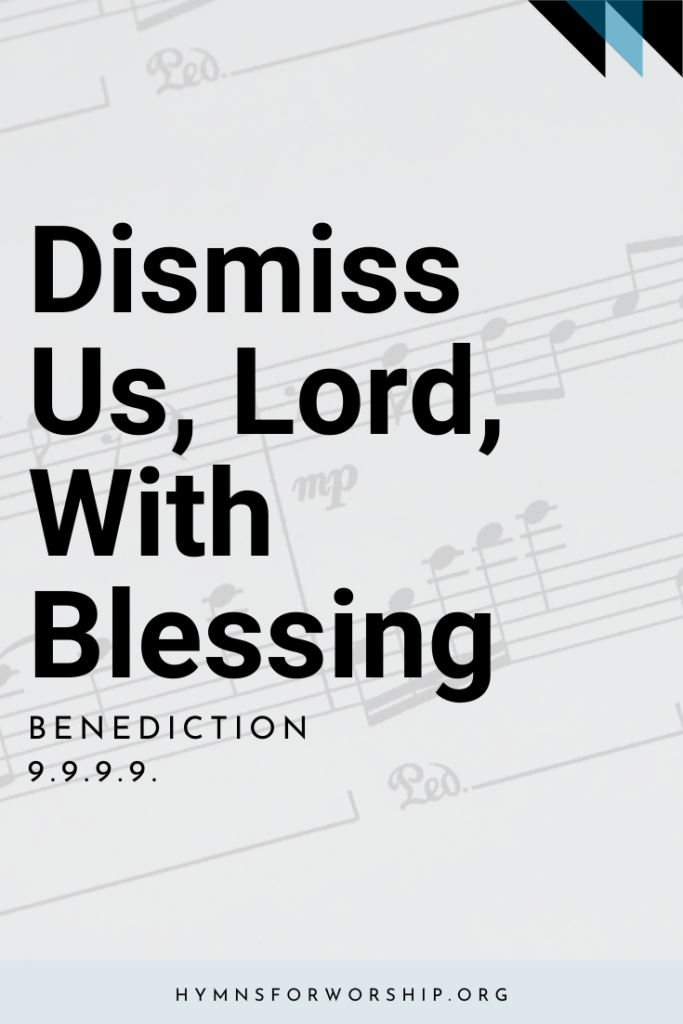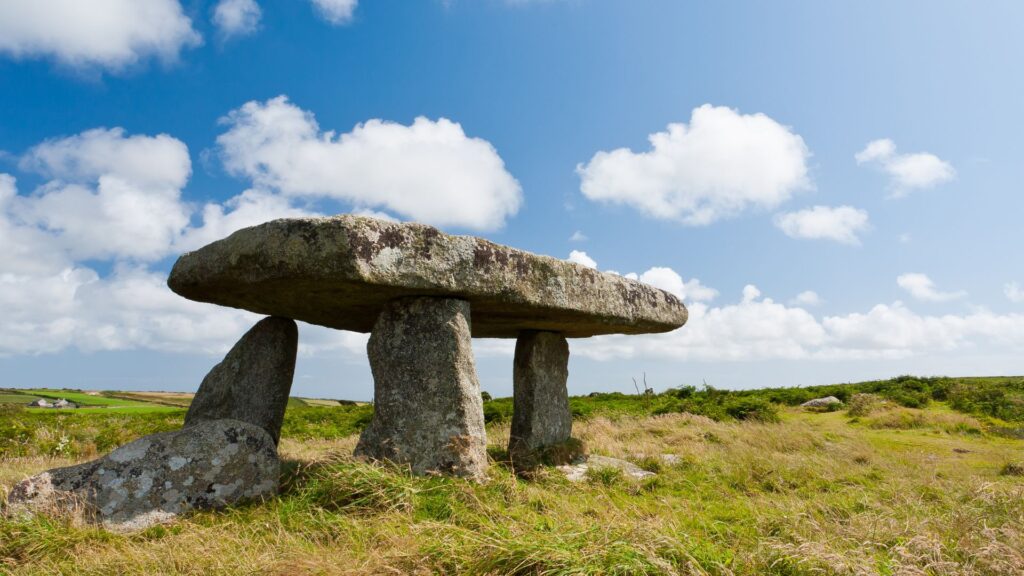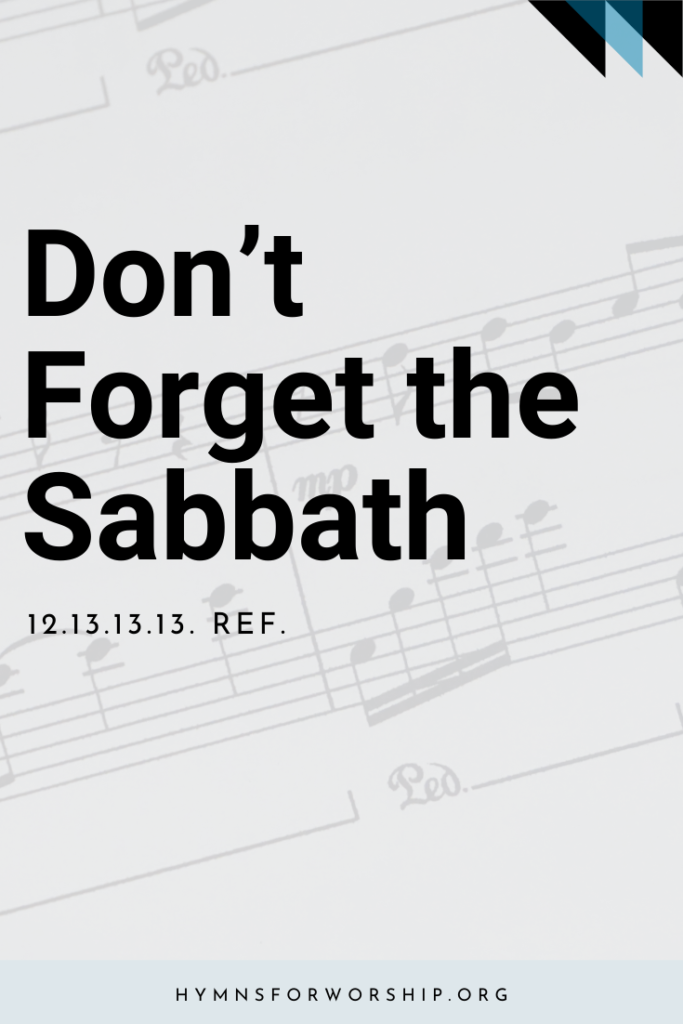HOLY SPIRIT
SDAH 257
Come down, O Love divine, seek thou this soul of mine
and visit it with thine own ardor glowing;
O Comforter, draw near, within my heart appear,
and kindle it, thy holy flame bestowing.
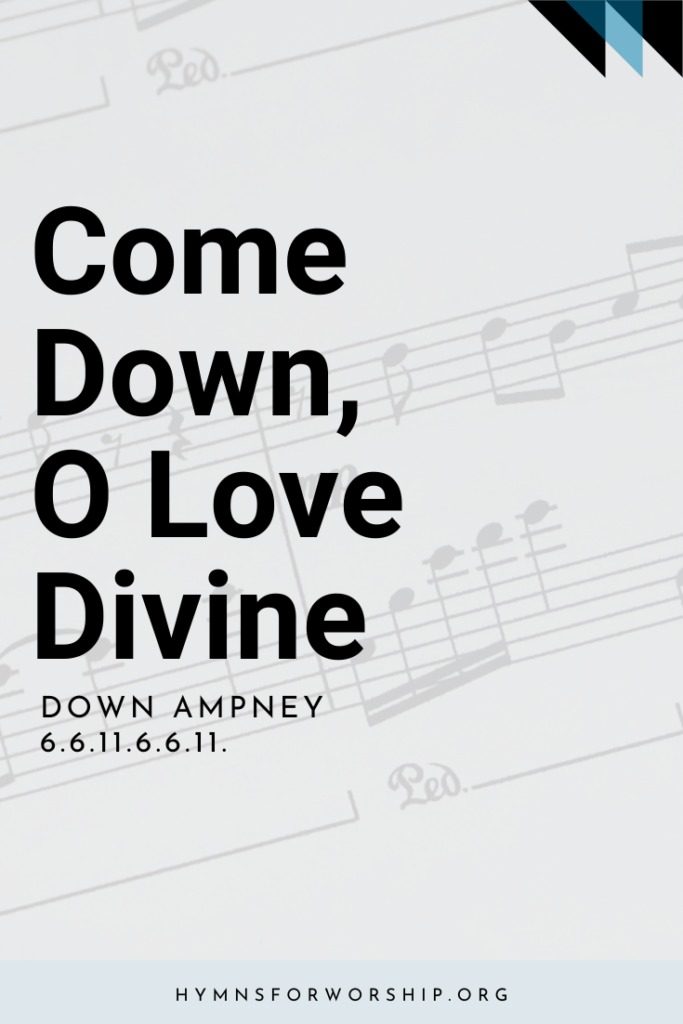

Text
1
Come down, O Love divine, seek thou this soul of mine
and visit it with thine own ardor glowing;
O Comforter, draw near, within my heart appear,
and kindle it, thy holy flame bestowing.
2
O let it freely burn, till earthly passions turn
to dust and ashes in its heat consuming;
and let thy glorious light shine ever on my sight,
and clothe me round, the while my path illumining.
3
Let holy charity Mine outward vesture be,
And lowliness become my inner clothing;
True lowliness of heart which takes the humbler part,
And o’er its own shortcomings weeps with loathing.
4
And so the yearning strong with which the soul will long
shall far outpass the power of human telling;
for none can guess its grace, till Love create a place
wherein the Holy Spirit makes a dwelling.

Hymn Info
Biblical Information
(a) John 14:16 (b) Matt 3:11 (c) Eph 4:2 (d) 1 Cor 3:16
Author
Bianco da Siena (?-1434)
Translator
Tr. Richard F. Littledale, 1867 (1833-1890)
Topic
Holy Spirit
Copyright Information
Music from The English Hymnal by permission of Oxford University Press
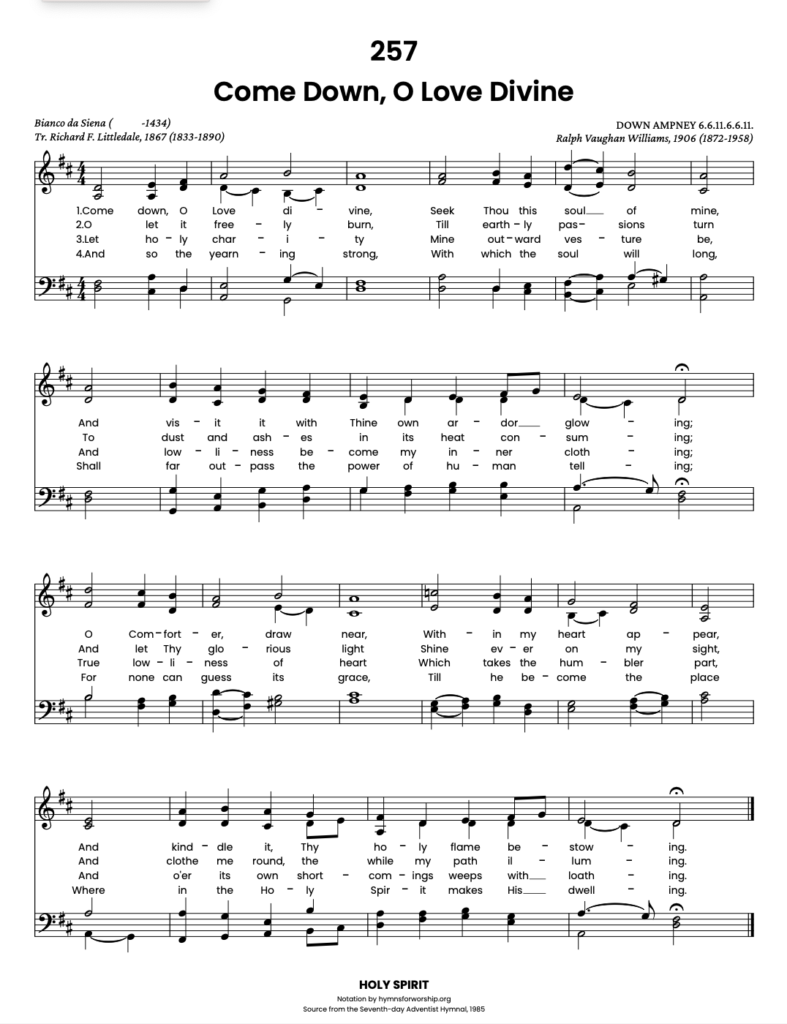
Get the hymn sheet in other keys here
Notes
Make each hymn more meaningful with these helpful tools: Short, ready-to-use hymn introductions for church bulletins, multiple ways to introduce a hymn based on your worship theme and in-depth history and insights to enrich your song service.

